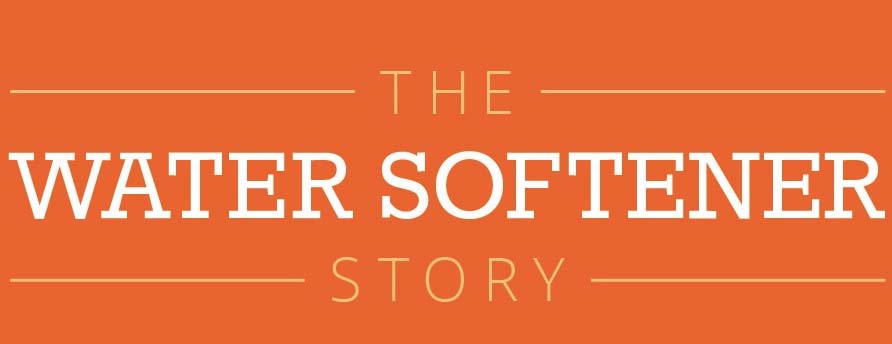The water softener story begins with the simplest and most basic of human needs – water. It is used for cooking, bathing, and drinking. Beyond these necessities, water also plays a central role in the conveniences of modern life. Our dishwashers, washing machines, sprinklers, swimming pools and so much more rely on water.
If you think about it, water is so much a part of our daily lives that we easily take it for granted. However, for a very large proportion of North American homeowners the nuisance and costs associated with hard water just can’t be ignored. Clogged showers, damaged appliances, unsightly scale, and dry skin are just some of the issues that come with hard water. Water softeners provide a much-needed solution to all of these water woes.
Learn more about “the water softener story” in the following infographic.
[Click image for full size version]
Via Aquatell.
Hardwater is a common issue causing problems in many homes:
- 85% of North American households have hard water
- 114,999,769 U.S. and Canadian homes are affected by hard water and the problems associated with it
- 17,939,963,964 gallons of hard water flow through homes and businesses in the U.S. and Canada every year
Hardwater effects:
- Spotted and hazy dishes
- Clogged pipes
- Itchy and dry skin
- Unsightly stains on fixtures
- Damage appliances
- Grey or yellowed clothing
But With Soft Water…
Enjoy the following benefits in your home:
- Enjoy a clog-free shower-head for life and improved skin health
- Say goodbye to unsightly stains on tubs, toilets and sinks
- Add years to the life of your appliances and use less detergent
- Prevent and open choked pipes
- Use up to 50% less laundry detergent along with cold water and still get stains out
- Use up to 24% less energy to heat soft water
How a Water Softener Works
- Phase 1: Hard, untreated water containing magnesium, calcium and iron enters the tank.
- Phase 2: Special resin grabs on to hardness minerals.
- Phase 3: Soft water passes through gravel underbed.
- Phase 4: Water passes through strainer which stops resin from escaping.
- Phase 5: Soft water travels up riser tube.
- Phase 6: Controller monitors and measures the process.
- Phase 7: Soft water to home and hot water heater.
Things To Consider When Buying
- What size system do I need?
- What brands are best?
- Can I install myself?
- What’s the total cost of ownership?
- Where should I buy one?
- What’s the warranty?
- How do I pick a trustworthy dealer?





